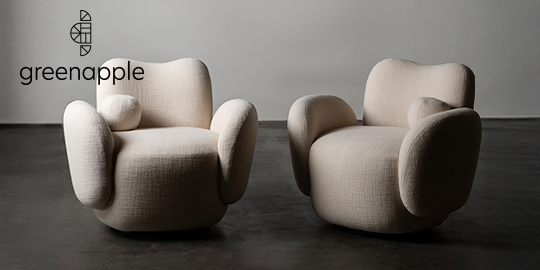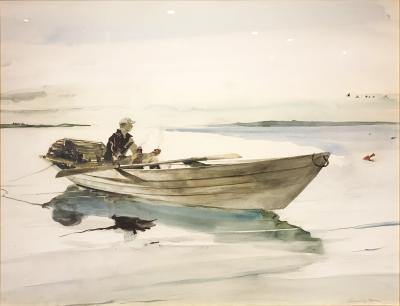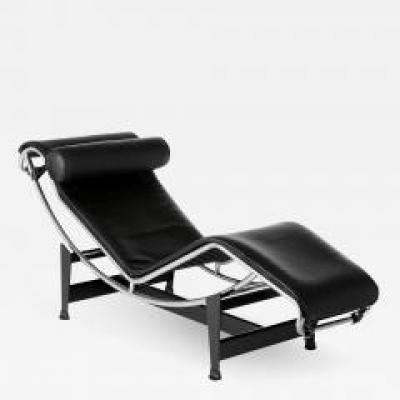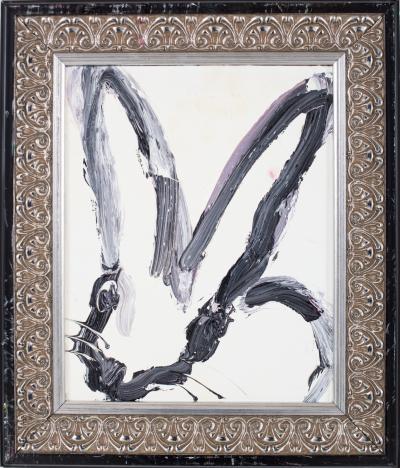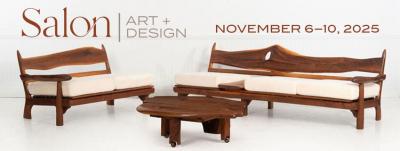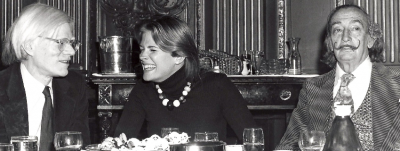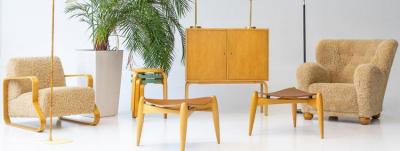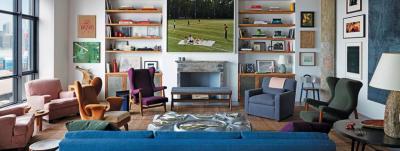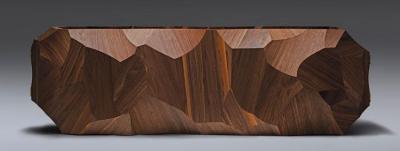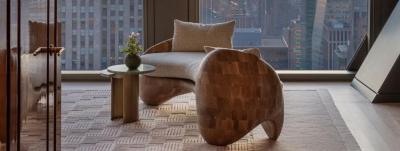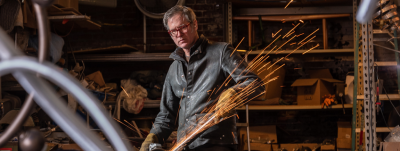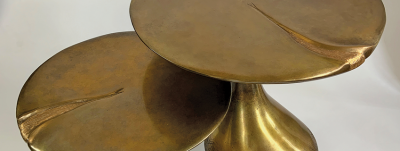20th Century Illuminators: 10 Master Lighting Designers & Makers
Venini
|
|
Established in 1921 by Paolo Venini, a lawyer from Milan, and Giacomo Cappellin, an antiques dealer from Venice, Venini began as a glass factory in Murano, a cluster of islands in Italy known for glassmaking. Venini has always distinguished itself by creating designs rooted in the Venetian glassmaking tradition while also embracing Modernism and being open to new artistic trends. The company enlisted pioneering Modernist artists like Carlo Scarpa and Gio Ponti to design iconic creations for them. Venini continues to produce world-class art glass and art lighting almost a century after its founding.
J.T. Kalmar
|
|
Julius Theodor Kalmar was born into the world of glass一his father, Julius August, founded Kalmar, an Austrian lighting company, in the 1880s. Though the company initially produced handcrafted objects cast in bronze, they switched their focus to lighting. Julius Theodor studied under Austrian architect, designer, and co-founder of the Wiener Werkstätte, Josef Hoffmann, in the early 1900s. Julius Theodor helped usher in a new era for Kalmar and ultimately established his father’s company as a maker of cutting-edge lighting with a reverence for material, form, and function. Today, Kalmar is in high demand and creates installations for major institutions around the world, including museums and palaces.
Stilnovo
|
|
Stilnovo, the Italian lighting manufacturer, was founded by designer Bruno Gatti in 1946 in an industrial suburb of Milan called Lainate. After World War II, Italy was focused on rebuilding but faced a great scarcity of materials, so Gatti dedicated the company to the production of innovative lighting elements that embodied rationalist, form-follows-function principles. The Stilnovo brand is associated with prestige and is known for its cutting-edge designs.
Max Ingrand
|
|
French-born Max Ingrand was one of the most celebrated glassmakers and decorators of the post-war era. He served as the artistic director for Fontana Arte, the Italian lighting company, between 1954 and 1964, during which time he designed some of his most famous works, including the Fontana Lamp, which is still in production today. An accomplished stained glass artist, he also created panels for the Cathedral of Sao Paolo in Brazil, the French Institute in London, and other institutions around the world. Ingrand received the Legion of Honor, the highest French order for military and civil merits.
Barovier & Toso
|
|
Barovier & Toso is one of the world’s oldest family businesses, and is based in Murano, Italy, renowned as the "glass island of Venice." The Venetian glass company was founded over 700 years ago in 1295. Centuries later, in 1939, under the leadership of Ercole Barovier, the company merged with the Toso family to become Barovier & Toso. They specialize in crystalline glass, mother-of-pearl glass, and gold-free carnelian red glass, and operate the Barovier & Toso Museum一the only private glass museum in Venice. The company is now run by members of the 20th generation of the family, and is headquartered in the Palazzo Contarini, a gorgeous 17th-century structure.
Carl Fagerlund
|
|
Born in 1915, Carl Fagerlund honed his craft in Stockholm, Sweden. After training at Stockholm A.C.S., he qualified to become a design teacher. Fagerlund went on to work for Orrefors, a glassworks company known for its exceptionally high quality crystal and art glass. He worked at Orrefors from 1946 to 1980, and designed dazzling lighting pieces in both geometric and organic styles.
Paavo Tynell
|
|
Finnish industrial design master Paavo Tynell specialized in lighting and design. He co-founded his company, Oy Taito Ab, in 1918 and served as its head designer. This company eventually became a dominant player in not only the Finnish lighting market, but in the greater European market and beyond. Tynell began freelancing for American companies such as Lightolier Inc., where he created his own interpretation of popular post-war American style. Though he worked extensively in the U.S., he lived in Finland for the rest of his life.
Fontana Arte
|
|
Italian design company Fontana Arte was launched in 1932 with a mission to develop products with a more artisanal feel, from stained glass to furnishings and lighting accessories. Since its inception, Fontana Arte has been synonymous with iconic lighting design, but also specializes in furniture and other decorative arts objects. Many of their pieces made design history and are still in production today, like the curved-glass Fontana table, Cartoccio vase, and the Luminator floor lamp.
Tiffany Studios
|
|
Established by the American artist and designer Louis Comfort Tiffany in 1881, Tiffany Studios was originally known as the Louis C. Tiffany and Company, Associate Artists. Though glass was his specialty, Tiffany experimented with furniture, metalwork, textiles, pottery, enamels, jewelry, and even book design. Always a tireless innovator, he toyed with new glassmaking methods and ultimately pioneered Favrile glass, a richly-hued, iridescent glass that became his trademark. Today, Tiffany lamps are highly sought after and can often command high prices at auction.
Mazzega Murano
|
|
The Mazzega Glass Factory is one of the many glass factories in Murano, Italy. Mazzega’s exceptional glassmakers and designers contributed to the circulation of Murano glass throughout the world in the 20th century. Mazzega Murano is famous for its impeccable hand-crafted glass lamps, chandeliers and pendants.





